With its dramatic landscapes and diverse wildlife, Vietnam offers nature lovers something special in its wildlife tours. Such tours can be unique opportunities to explore the different ecosystems of the nation, ranging from rainforests to the colorful wetlands, mountainous areas, and coastal habitats. From avid bird watchers and wildlife photographers to mere nature lovers, the wildlife of Vietnam is sure to leave them in amazement. Everything one needs to know about Vietnam wildlife tours, from key destinations and the characteristic flora and fauna of the nation to what to do to make the tours environmentally sustainable.
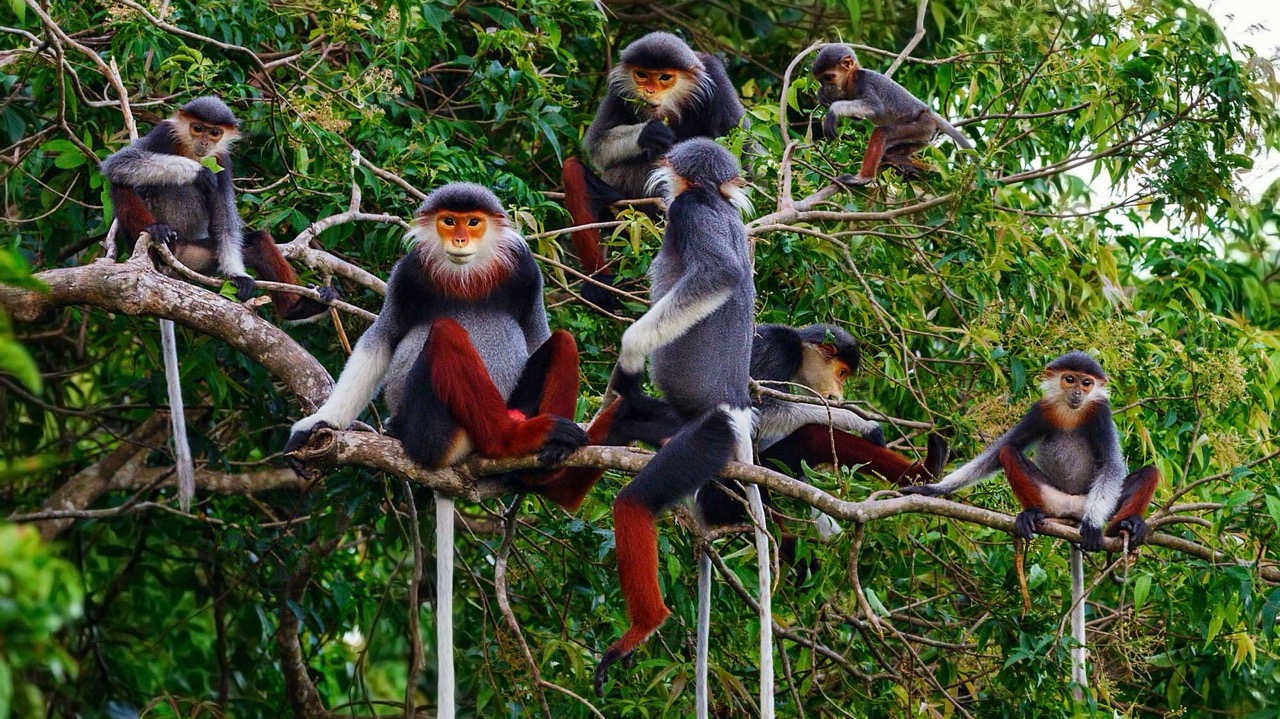
Red-shanked Douc Langur in Vietnam
Why Choose Vietnam for Wildlife Tours?
It harbors more than 10% of global species diversity, including a high number of rare and endangered ones. The wildlife of the country has equally remarkable variety as that of its diverse landscapes; from the majestic elephants at Yok Don National Park to the critically endangered Sao La, the Vietnamese unicorn, inhabiting the Annamite Mountains, it possesses a rich combination of both tropical and subtropical climates. As a result, Vietnam contains a variety of ecosystems that support an astonishing variety of flora and fauna.Key Reasons to Experience Wildlife in Vietnam:
- Diverse Ecosystems: Forests, wetlands, coastal regions, and mountains.
- Endemic Species: Unique species like the Red-shanked Douc Langur and Tonkin Snub-nosed Monkey.
- Rich Birdlife: Over 850 bird species including hornbills, pheasants, and kingfishers
Top Destinations for Vietnam Wildlife Tours
Vietnam offers countless destinations for wildlife enthusiasts. Here are the top spots to include in your Vietnam wildlife tours itinerary:1. Cuc Phuong National Park
Cuc Phuong, Vietnam’s oldest national park protects a vital area of primate and tropical flora. It is well known for its conservation value, housing a number of endangered species including Delacour’s Langur and the Clouded Leopard. Birdwatchers will enjoy seeing rare species such as the Red-collared Woodpecker and the Bar-bellied Pitta.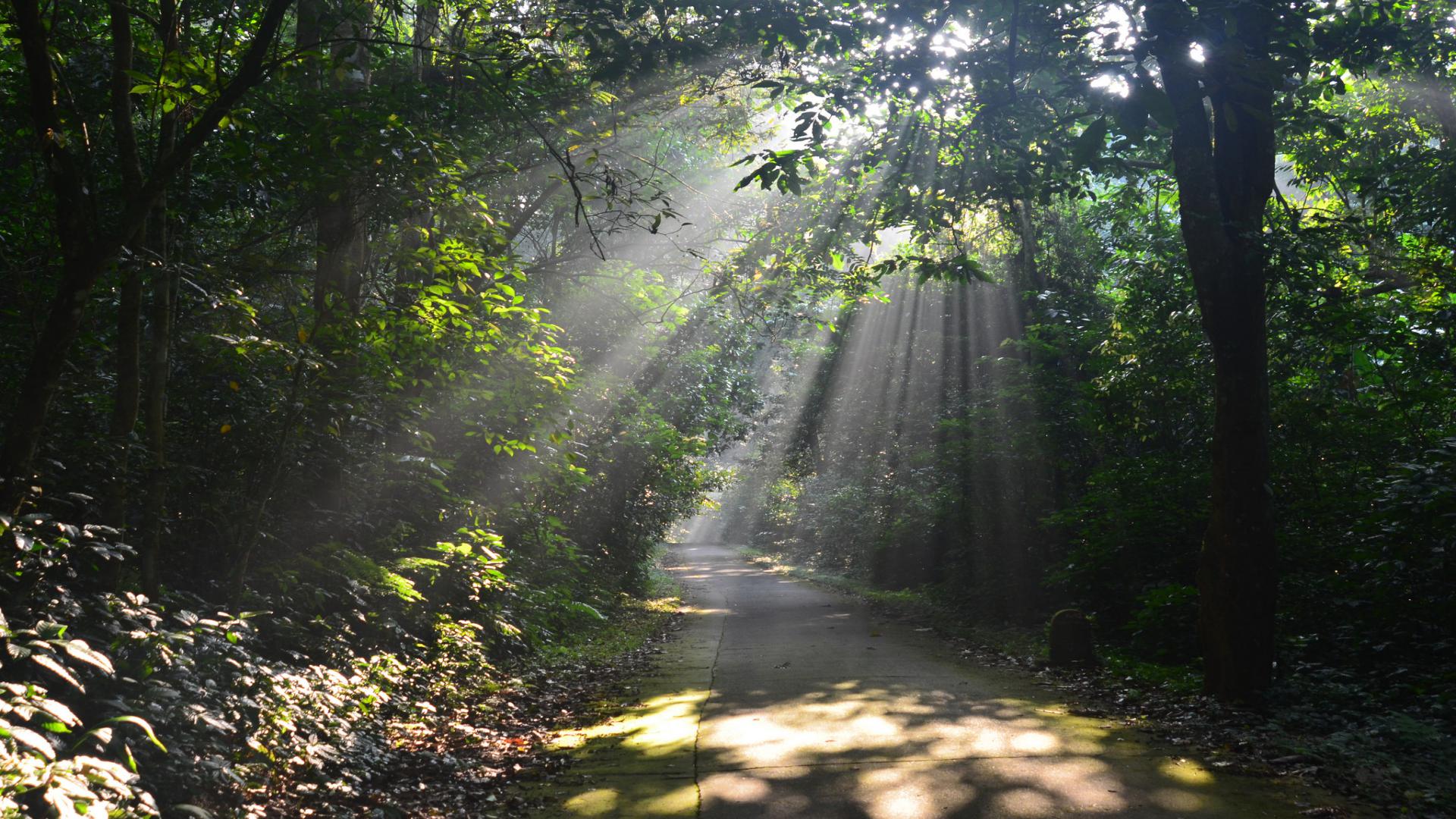
Cuc Phuong National Park
2. Phong Nha-Ke Bang National Park
It is also famous for its dramatic karst landscapes and extensive cave systems, Phong Nha-Ke Bang really is a biodiversity hotbed: here, you may well encounter the Asian Black Bear, the Asian Elephant, and a whole spate of bats and cave-dwelling species. This UNESCO World Heritage site also hosts a wide array of bird species; thus, a real treat for birdwatchers.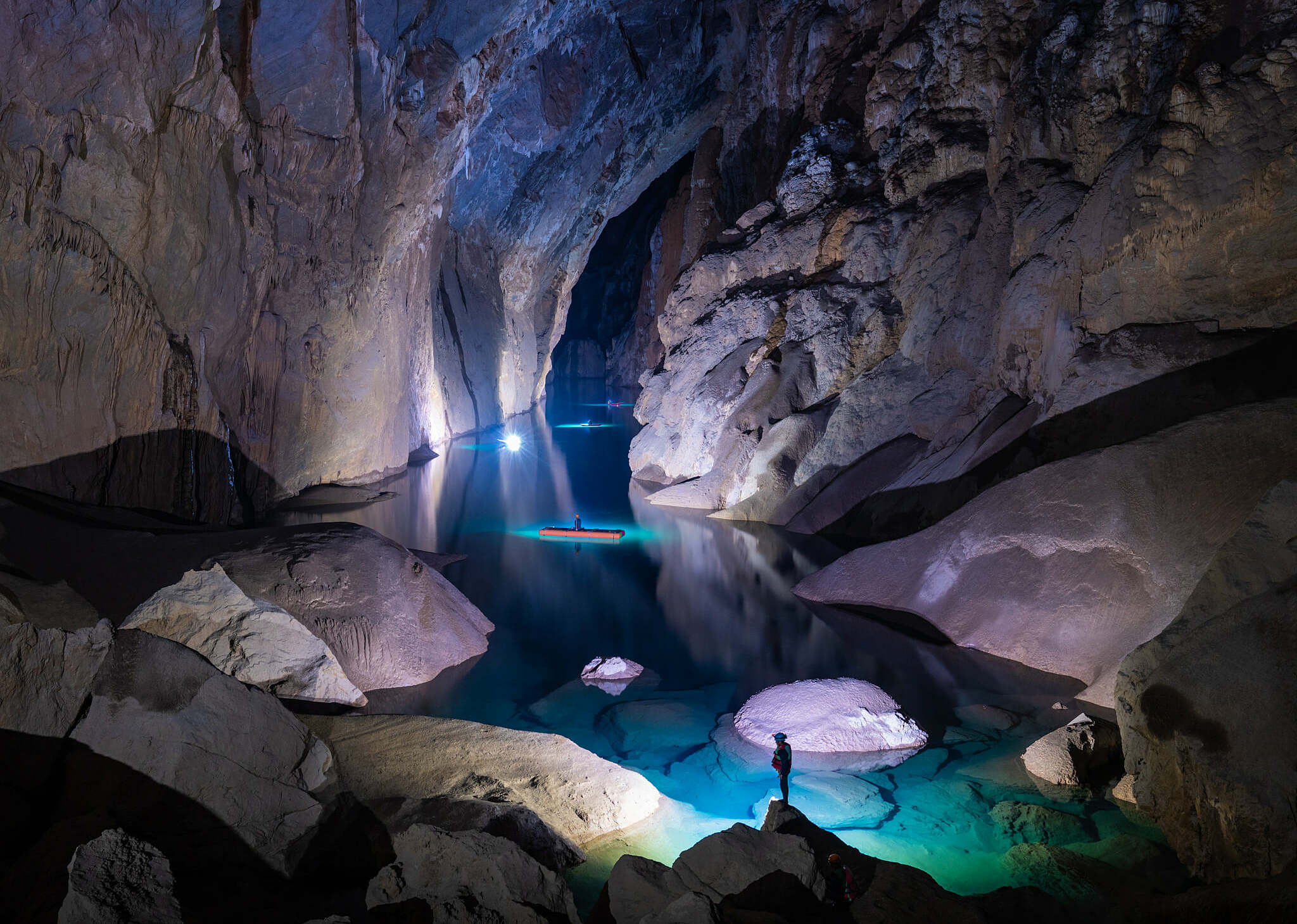
Son Doong Cave in Phong Nha – Ke Bang
3. Cat Tien National Park
Being one of the largest and best-preserved lowland tropical rainforests, Cat Tien forms an essential part of any form of wildlife tour in the country. The park offers shelter to the endangered Javan Rhino, although its sighting is not too common, besides Gaur, Sun Bears, and over 400 species of birds like Green Peafowl and Siamese Fireback.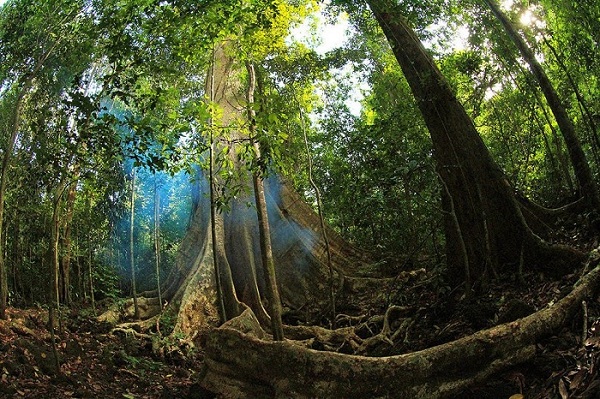
Cat Tien National Park
4. Yok Don National Park
Known for its wild elephants, Yok Don is a much wilder and less touristy national park. The tourists get to trek the dry deciduous forests together with such a wonderful variety of fauna, including Indochinese Tiger and Gibbons. The park is also a haven for bird watchers-the Great Hornbill and White-rumped Falcon are frequent sights.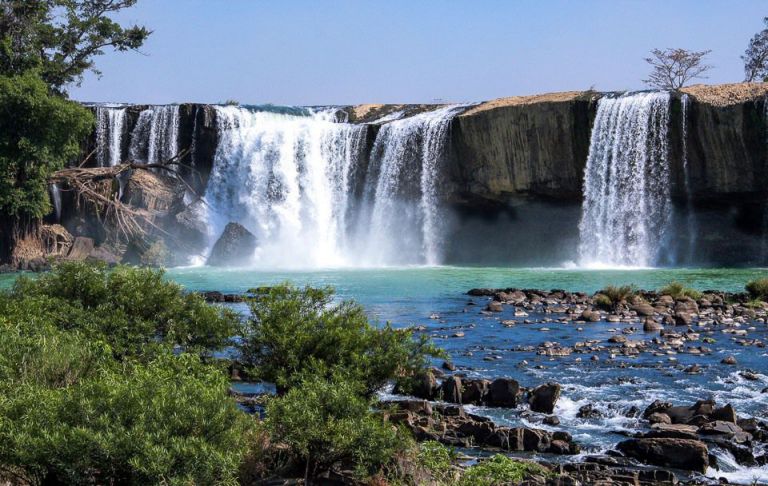
Yok Don National Park
5. Bach Ma National Park
Bach Ma National Park is located in the Annamite Range, associated with spectacular forests and waterfalls. It forms a biodiversity hotspot housing several mammals, avifauna, and reptiles. Some well-known inhabitants include the rare Sao La, Leopard Cats, and the Crested Argus.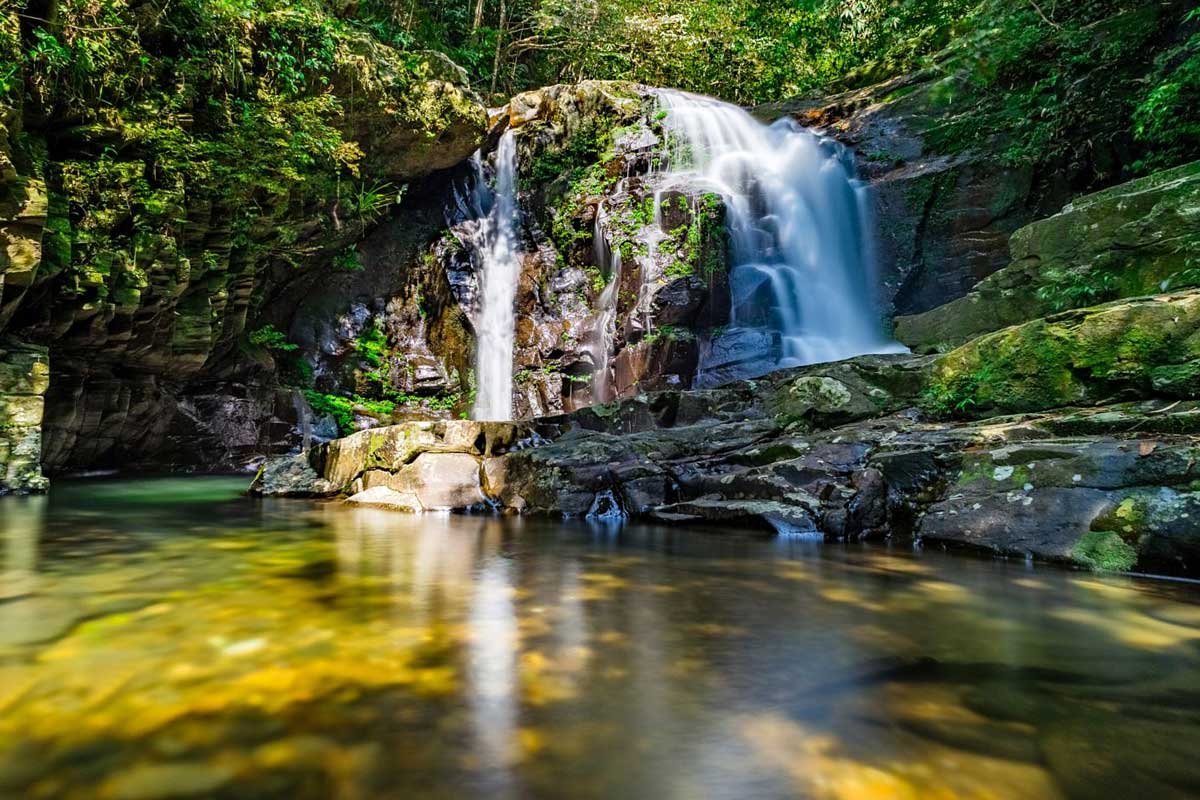
Bach Ma National Park
Unique Wildlife Species to Encounter on Vietnam Wildlife Tours
Vietnam’s biodiversity is teeming with unique and exotic species. Below are some of the standout animals and plants you may encounter:- Sao La (Vietnamese Unicorn): Extremely rare, this forest-dwelling bovine species was only discovered in 1992.
- Red-shanked Douc Langur: Known for its striking colors, this primate is often seen in the forests of central Vietnam.
- Indochinese Tiger: Though incredibly elusive, efforts to spot this magnificent predator are ongoing in remote national parks.
- Tonkin Snub-nosed Monkey: Found in northern Vietnam, this critically endangered primate is characterized by its distinctive, upturned nose.
- Vietnamese Mossy Frog: Perfectly camouflaged, this rare amphibian blends seamlessly with the mossy rocks of its habitat.
Sustainable Tourism Practices for Vietnam Wildlife Tours
While wild-life tours in Vietnam afford great excitement, this must be undertaken with responsibility. In fact, sustainable tourism would also safeguard the wildlife and help the communities to benefit from income and preserve the natural beauty of Vietnam into the future generations.Tips for a Sustainable Wildlife Tour:
- Respect Wildlife: Maintain a safe distance and avoid disturbing animals in their natural habitat.
- Support Eco-Friendly Tours: Choose tour operators that follow eco-friendly practices, such as minimizing waste and using local guides.
- Leave No Trace: Always clean up after yourself and refrain from damaging plants or habitats.
- Avoid Wildlife Products: Refrain from purchasing souvenirs made from endangered species or wildlife parts.
Best Time to Go on Vietnam Wildlife Tours
The timing of your Vietnam wildlife tours plays a crucial role in the kind of experience you will have. Vietnam’s climate varies across regions, with the best times to visit differing depending on your desired destination.Best Times by Region:
- Northern Vietnam: November to April, when the weather is cool and dry, is ideal for visiting parks like Cuc Phuong and Tam Dao.
- Central Vietnam: The dry season from February to August is perfect for exploring Bach Ma and Phong Nha-Ke Bang.
- Southern Vietnam: The dry months from December to April offer the best wildlife viewing conditions in Cat Tien and Yok Don.
What to Pack for Vietnam Wildlife Tours
Packing the right gear ensures a safe and enjoyable experience on Vietnam wildlife tours. Here’s a checklist to help you prepare:- Binoculars: Essential for birdwatching and spotting animals from a distance.
- Camera: Bring a good quality camera with a zoom lens for capturing wildlife moments.
- Comfortable Footwear: Choose sturdy, waterproof hiking boots.
- Insect Repellent: Protect yourself from insects, especially in tropical areas.
- Clothing: Wear light, breathable clothing, but carry a rain jacket and layers for cooler mornings or evenings.
